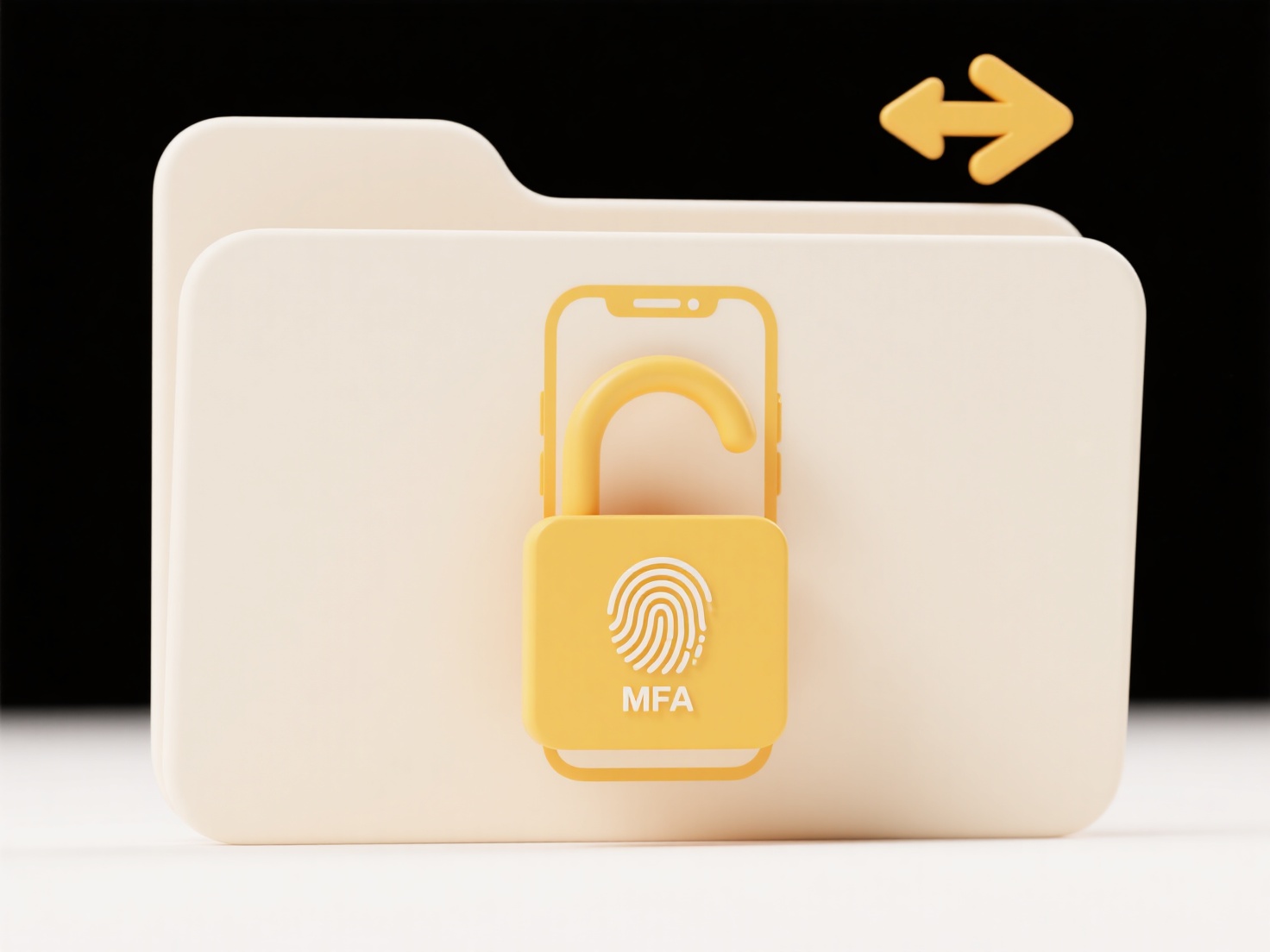
Copying files from your phone to a PC involves creating a new, separate instance of each file on the computer. This inherently duplicates the data, leaving the original file on the phone untouched. It differs from moving a file, which transfers it entirely to the new location and removes it from the source after confirmation. Syncing tools (like cloud services) can also create duplicates if file version management isn't carefully controlled during the transfer process between devices.
Duplicates often occur in specific scenarios. A common example is dragging photos or videos to a PC folder where they already exist; the operating system might append a number (e.g., "photo(1).jpg") to the filename, creating a duplicate. Another instance arises when transferring using certain apps or methods that automatically generate alternative file formats (e.g., copying HEIC photos from an iPhone via certain tools might leave both HEIC and JPG files), effectively creating duplicates. This is common for photos, documents, and music backups.

The main advantage is data preservation - the original remains safe. However, duplicates consume significant disk space unnecessarily and make libraries cluttered and hard to manage. Potential downsides include storage inefficiency and the manual effort required to identify and remove duplicates later. Careful management during transfers (checking destination folders first) or using deduplication software afterward helps mitigate this issue.
Can copying from phone to PC create duplicates?
Copying files from your phone to a PC involves creating a new, separate instance of each file on the computer. This inherently duplicates the data, leaving the original file on the phone untouched. It differs from moving a file, which transfers it entirely to the new location and removes it from the source after confirmation. Syncing tools (like cloud services) can also create duplicates if file version management isn't carefully controlled during the transfer process between devices.
Duplicates often occur in specific scenarios. A common example is dragging photos or videos to a PC folder where they already exist; the operating system might append a number (e.g., "photo(1).jpg") to the filename, creating a duplicate. Another instance arises when transferring using certain apps or methods that automatically generate alternative file formats (e.g., copying HEIC photos from an iPhone via certain tools might leave both HEIC and JPG files), effectively creating duplicates. This is common for photos, documents, and music backups.

The main advantage is data preservation - the original remains safe. However, duplicates consume significant disk space unnecessarily and make libraries cluttered and hard to manage. Potential downsides include storage inefficiency and the manual effort required to identify and remove duplicates later. Careful management during transfers (checking destination folders first) or using deduplication software afterward helps mitigate this issue.
Quick Article Links
What’s a universal naming format that works across all devices?
A universal naming format that works consistently across devices and systems is the Uniform Resource Identifier (URI). U...
How can I preview changes before applying a batch rename?
How can I preview changes before applying a batch rename? Previewing proposed file name changes is a critical safety s...
How do I classify confidential folders?
Classifying confidential folders involves systematically categorizing files and directories based on the sensitivity and...